The pandemic turned everyone into day traders, and suddenly, choosing your operating system actually matters for your trading success. Whether you’re wrestling with MetaTrader installations or trying to figure out why your charts keep freezing, your trading OS choice can literally make or break profitable trades.
Here’s what I’ve learned after testing different setups: the best OS for trading isn’t just about compatibility—it’s about finding something that won’t fight you when markets get volatile.
System Requirements for Trading
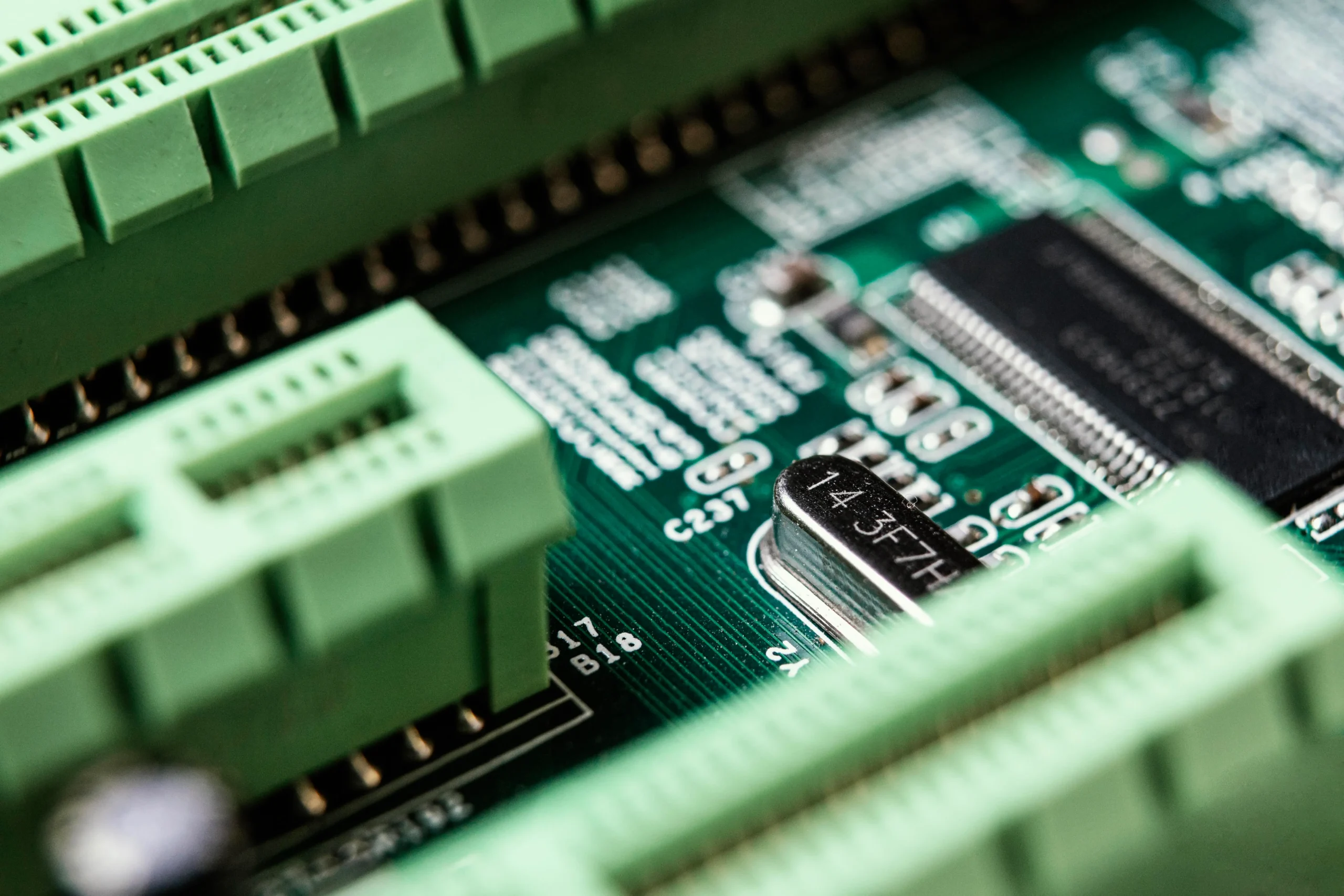
Most trading articles throw around outdated specs from 2020. Let me give you the real numbers for 2025. Professional trading data shows that serious traders need way more horsepower than most people realize.
Current reality check for trading setups:
- RAM: 32GB minimum if you’re serious (trust me, 16GB feels cramped with multiple platforms)
- CPU: Intel i7/i9 or AMD Ryzen 7+—anything less and you’ll hate yourself during news events
- Storage: NVMe SSD with 1TB+, because waiting for platforms to load costs money
- Graphics: Dedicated GPU for multi-monitor madness (4+ screens)
- Internet: Fiber with sub-10ms latency—Wi-Fi will drive you insane
The best OS for trading needs to handle this without breaking a sweat when volatility spikes.
Windows for Trading
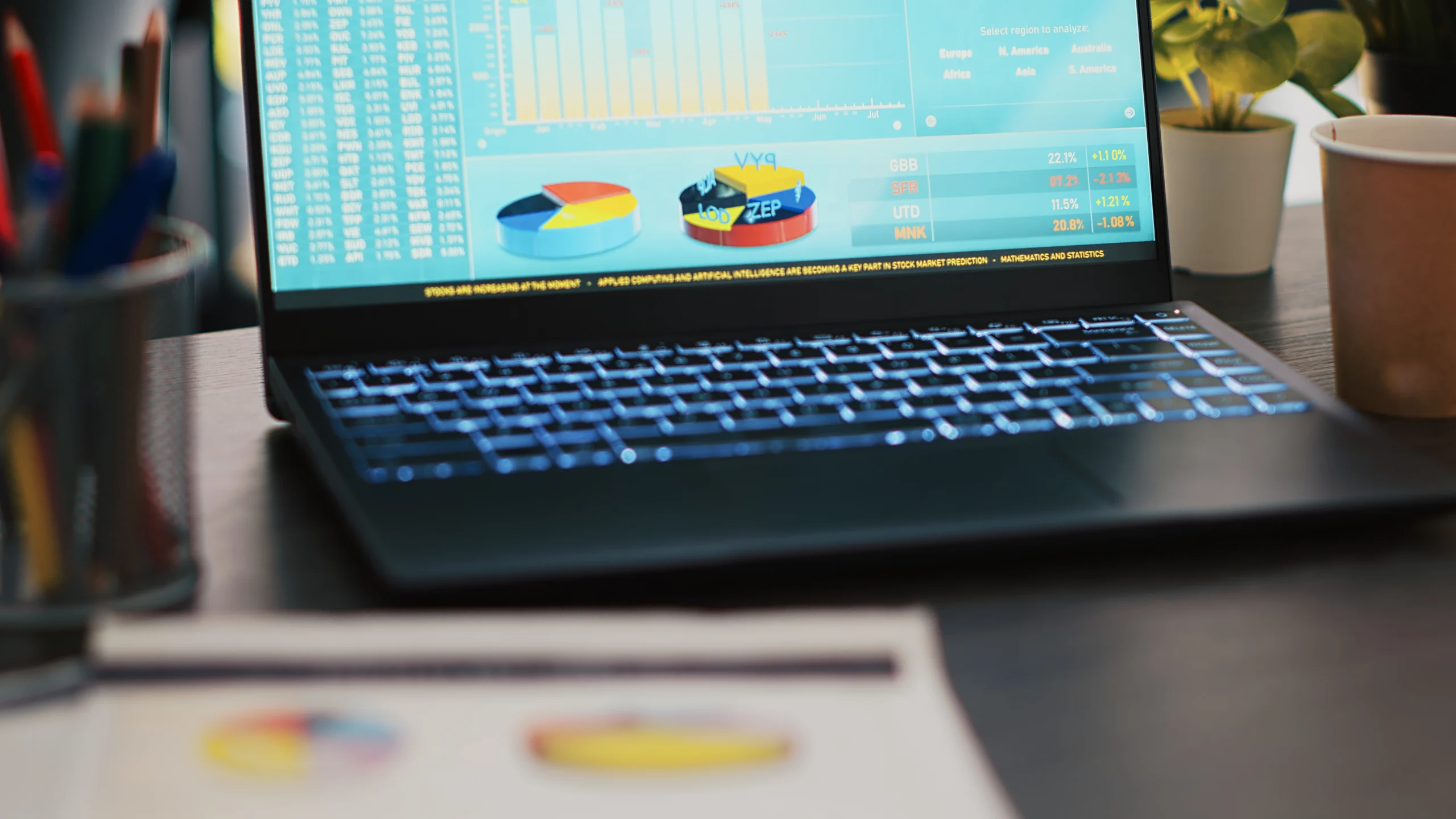
Windows still dominates trading, and honestly, there’s good reason for that. Current data shows it holds 71.72% of the desktop market share, mostly because everything just works.
Windows trading advantages are hard to argue with:
- MetaTrader 4 and MT5 run perfectly without weird workarounds
- NinjaTrader, TradeStation, TradingView—all designed for Windows first
- Nearly every forex trading bot works exclusively on Windows
- Professional algorithmic platforms treat Windows as the default
Windows 11 fixed most of the security nightmares from earlier versions. The trading OS handles driver installation automatically, which matters when you’re running six monitors and don’t want to troubleshoot graphics issues during market hours.
The downside? Windows demands regular maintenance, and you really need a dedicated trading machine to avoid random updates killing your session.
macOS for Trading
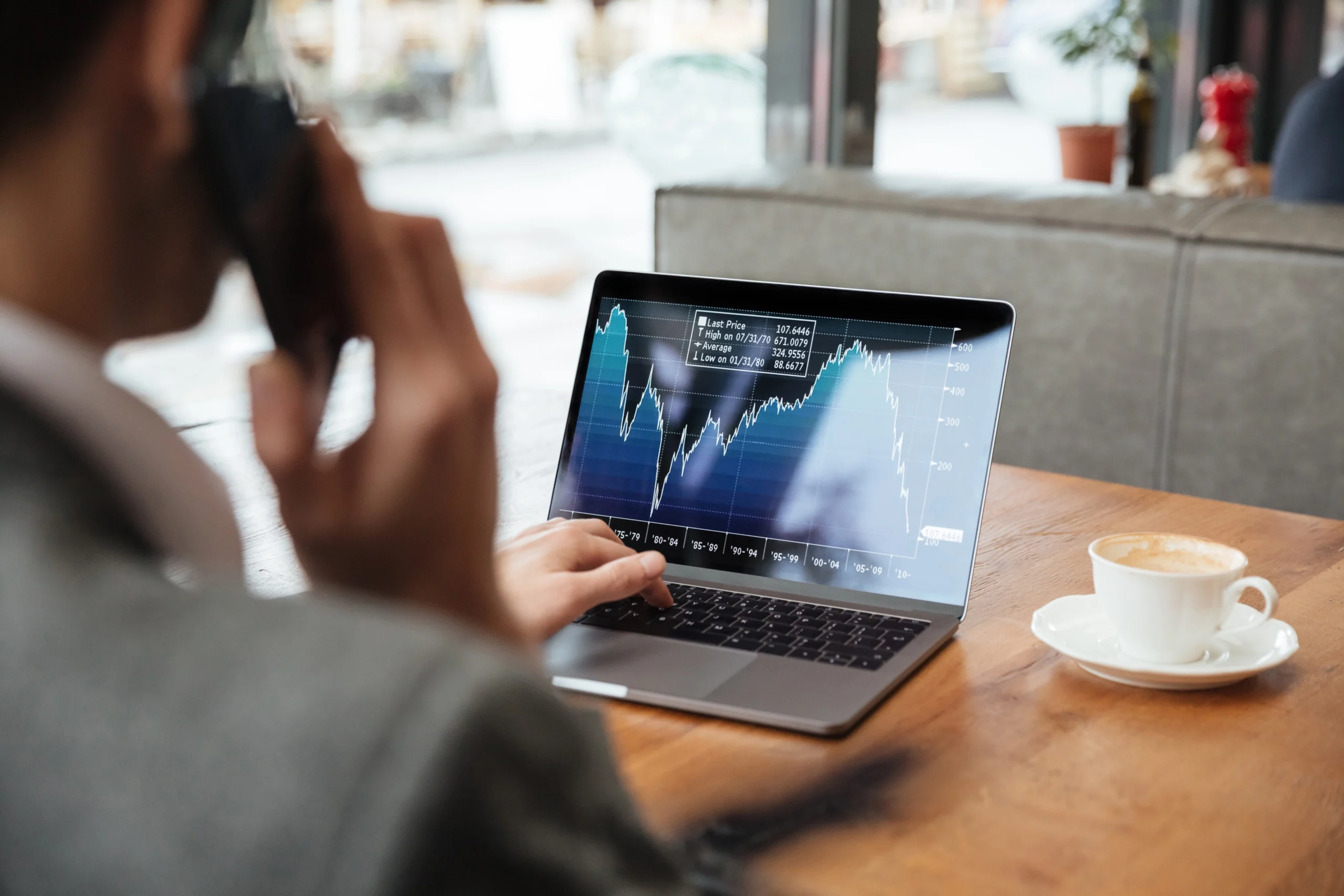
Apple’s made surprising progress here, though it’s still complicated for serious traders. Recent stats show macOS at 15.02% market share, growing among traders who prioritize system stability over maximum compatibility.
macOS trading has definite pros and cons:
Advantages
- System stability is genuinely impressive (250+ day uptimes aren’t uncommon)
- Security beats Windows by a wide margin
- iPhone/iPad integration works seamlessly for mobile alerts
- M-series chip performance is legitimately excellent
Compatibility Challenges
- MetaTrader requires virtual machines or Wine (both imperfect solutions)
- Apple Silicon Macs can’t run 32-bit trading apps natively—period
- Dual-boot options for the best Linux distro for trading are basically non-existent
- Professional platforms like NinjaTrader need Windows virtualization
Mac users absolutely need to understand how to install MetaTrader 4 on PC, macOS, Linux because native installation isn’t happening on modern Apple hardware.
The MacBook Pro with M3 Pro chips makes an excellent mobile trading setup, especially paired with web platforms or VPS solutions.
Linux for Trading

Linux deserves serious consideration, particularly if you’re technically inclined or cost-conscious. The best OS for trading conversation increasingly includes Linux because the performance advantages are real.
Linux Trading Advantages
- Security is simply superior—malware isn’t really a concern
- Resource consumption stays low (2GB typical vs 4GB for Windows)
- Uptime approaching 99.9% isn’t marketing fluff
- Zero licensing costs for unlimited installations
- Complete customization control
Platform Compatibility
- MetaTrader 4 runs surprisingly well through Wine
- MT5 needs more configuration, but functions adequately
- Web platforms like TradingView work flawlessly
- The cTrader web platform provides full desktop functionality
The best Linux distro for trading varies based on your comfort level, but several distributions excel for trading on Linux environments.
Best Linux Distros for Trading

Choosing the best Linux for trading depends on your technical skills and specific needs. Here’s what actually works in 2025:
Ubuntu 24.04 LTS
- Most popular Linux distribution among desktop users
- Hardware compatibility rarely causes headaches
- Extensive documentation for Linux trading setups
- Long-term support until 2029
Linux Mint 22
- Perfect for Windows refugees who want a familiar interfaces
- Built on Ubuntu’s solid foundation with extra polish
- Multimedia support works out of the box
- Ideal stock operating system for Linux beginners
Pop!_OS
- System76 designed this specifically for professionals
- Optimized for developers and traders
- NVIDIA graphics support is excellent
- Great choice for laptop trading setups
Debian 12
- Rock-solid stability for professional environments
- Minimal resource requirements
- Enterprise-grade security
- Perfect Linux stock trading software foundation
For Linux stock market software compatibility, Ubuntu-based distributions generally offer the smoothest Wine configuration experience.
 Want to Improve your Trading?
Want to Improve your Trading?
Give yourself a better chance at the Forex market by hosting your trading platform right next to your broker.
Get a Forex VPSWhich OS Is Best for Forex or Stock Trading?
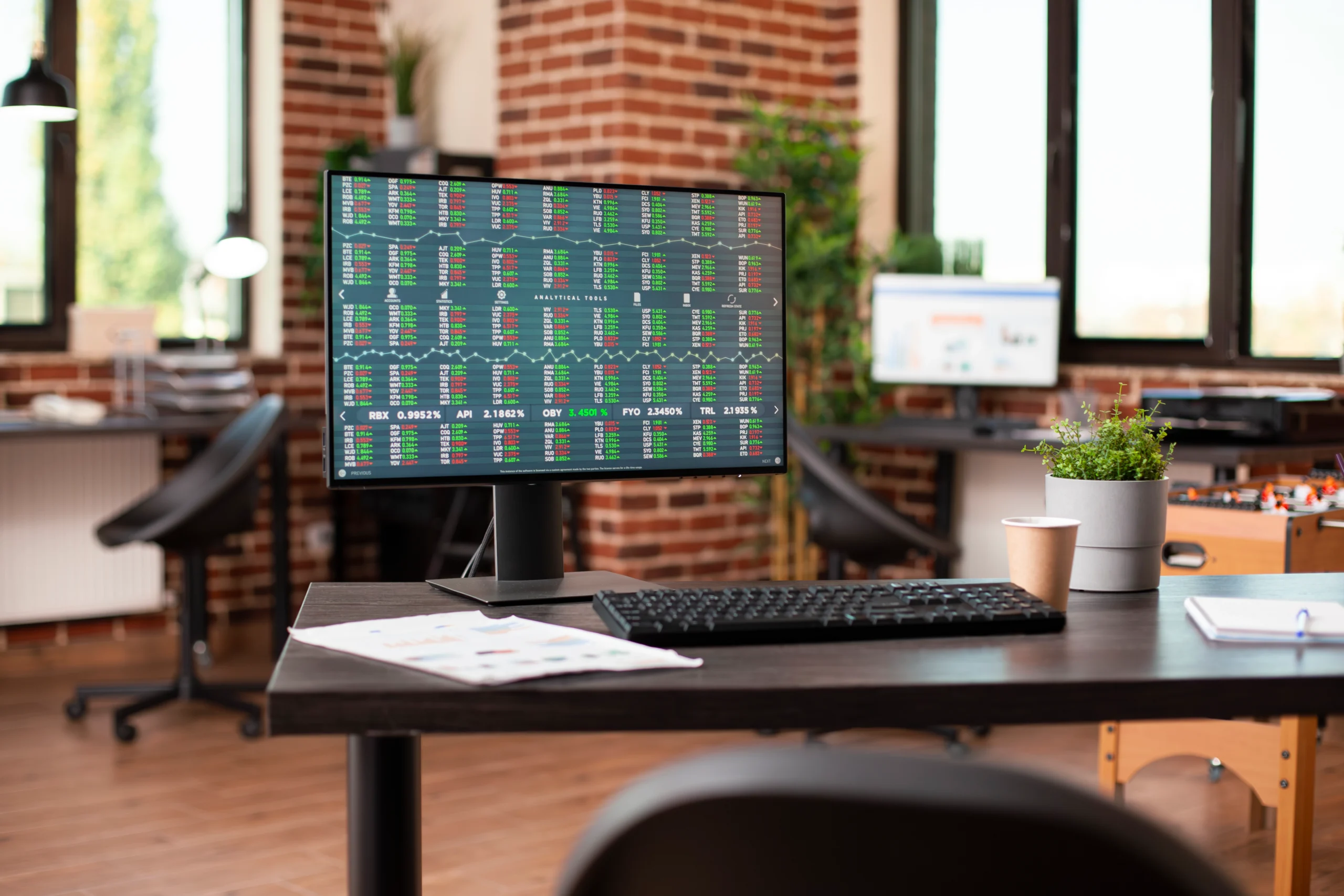
The best OS for trading really depends on your situation, technical comfort level, and trading style. Here’s how I’d break it down:
Professional Day Traders
- Windows remains the safest choice for maximum platform support
- Multi-monitor setups work without configuration headaches
- All Linux stock software alternatives are available through virtualization
- Maximum compatibility with the best VPS for forex trading services
Mobile and Part-Time Traders
- macOS excels for traders prioritizing portability and integration
- The best laptop for trading crypto often features Apple Silicon these days
- Mobile app integration works seamlessly
- Web platforms eliminate most compatibility concerns
Technical Traders and Developers
- Linux provides superior customization and performance
- Cost-effective for multiple laptop day trading setups
- Perfect for automated Linux trading software development
- Ideal for VPS for trading deployments
Budget-Conscious Traders
- Linux eliminates licensing costs entirely
- Older hardware performs significantly better with trading Linux distributions
- Best laptop for day trading options expands dramatically with Linux support
- Total cost of ownership drops substantially over time
| Operating System | Compatibility | Security | Performance | Cost | Best For |
| Windows | 99% platforms | Good | High | $200+ | Professional traders, beginners |
| macOS | 60% platforms | Excellent | High | $0 (hardware premium) | Mobile traders, Mac users |
| Linux | 70% platforms | Excellent | Highest | $0 | Technical traders, VPS hosting |
Final Verdict
The best OS for trading in 2025 remains Windows for maximum compatibility and minimum friction. However, the landscape has evolved significantly—macOS became viable for mobile-focused traders, and Linux gained serious traction among cost-conscious and technically skilled users.
Most traders should stick with Windows for the path of least resistance and native support across all major platforms. macOS works well for traders prioritizing system integration and stability, while Linux offers unmatched performance and cost advantages for dedicated trading machines.
Consider your trading style, technical expertise, and budget carefully. Many professional traders now run hybrid setups: Windows for primary trading while leveraging Linux-based VPS for trading solutions for automated strategies and backup systems.
Ultimately, the stock operating system choice matters less than consistent execution, proper risk management, and continuous education. Choose the trading OS that gets out of your way and lets you focus on markets instead of technical problems.


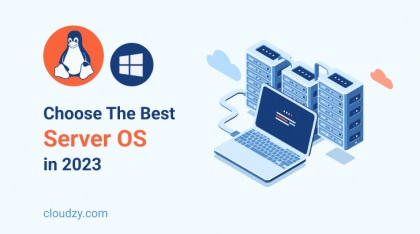

2 thoughts on “Best OS for Trading: Windows vs macOS vs Linux 2025”
Hi excellent website! Does running a blog similar to this require a massive
amount work? I have absolutely no expertise in programming but I was hoping to
start my own blog in the near future. Anyhow, should you have any ideas
or techniques for new blog owners please share.
I understand this is off topic however I simply needed to ask.
Thank you!
Everything is very open with a very clear description of the issues.
It was really informative. Your website is extremely helpful.
Thanks for sharing!